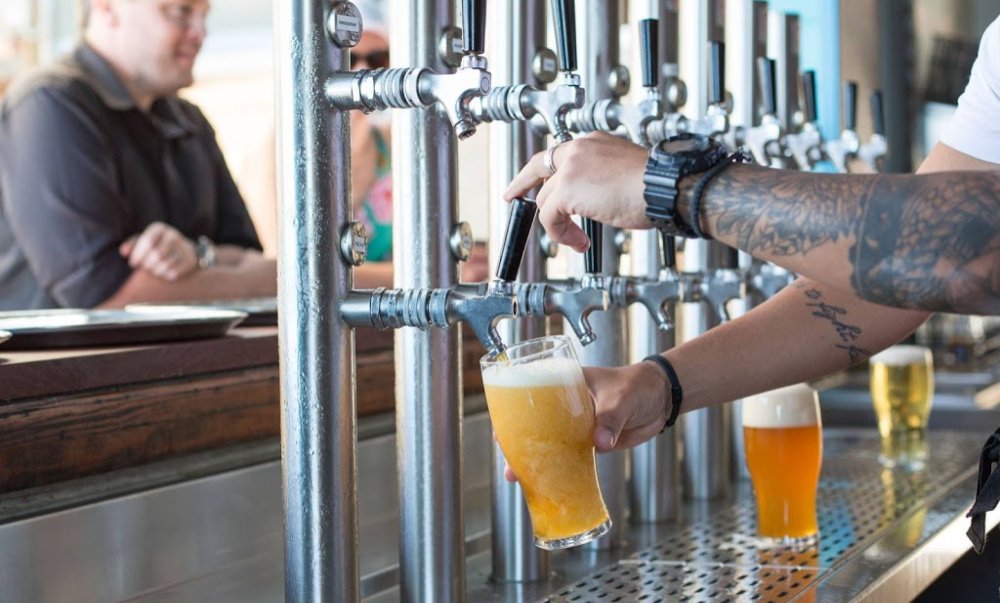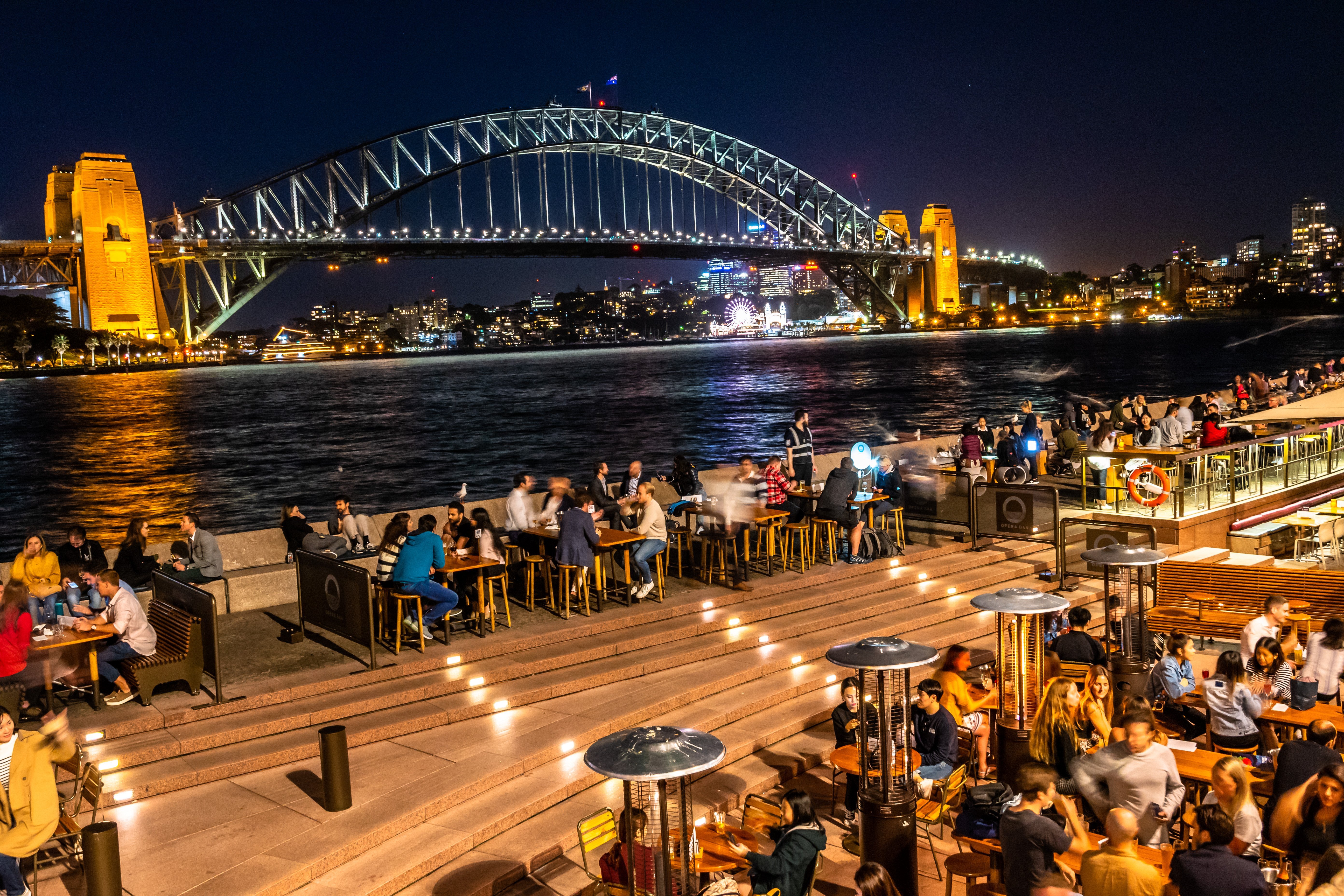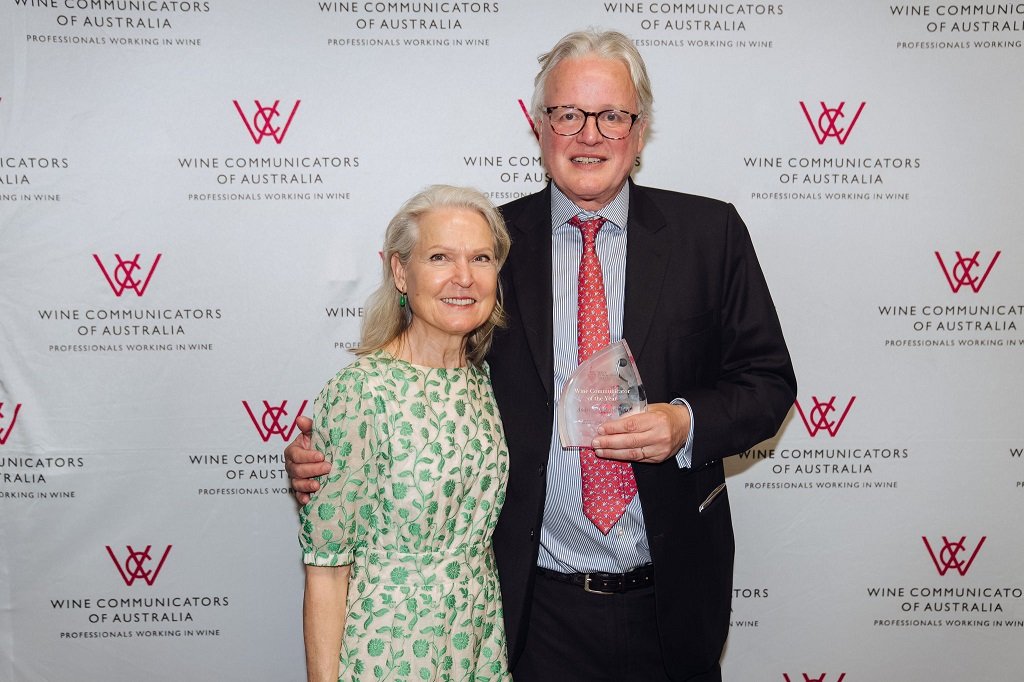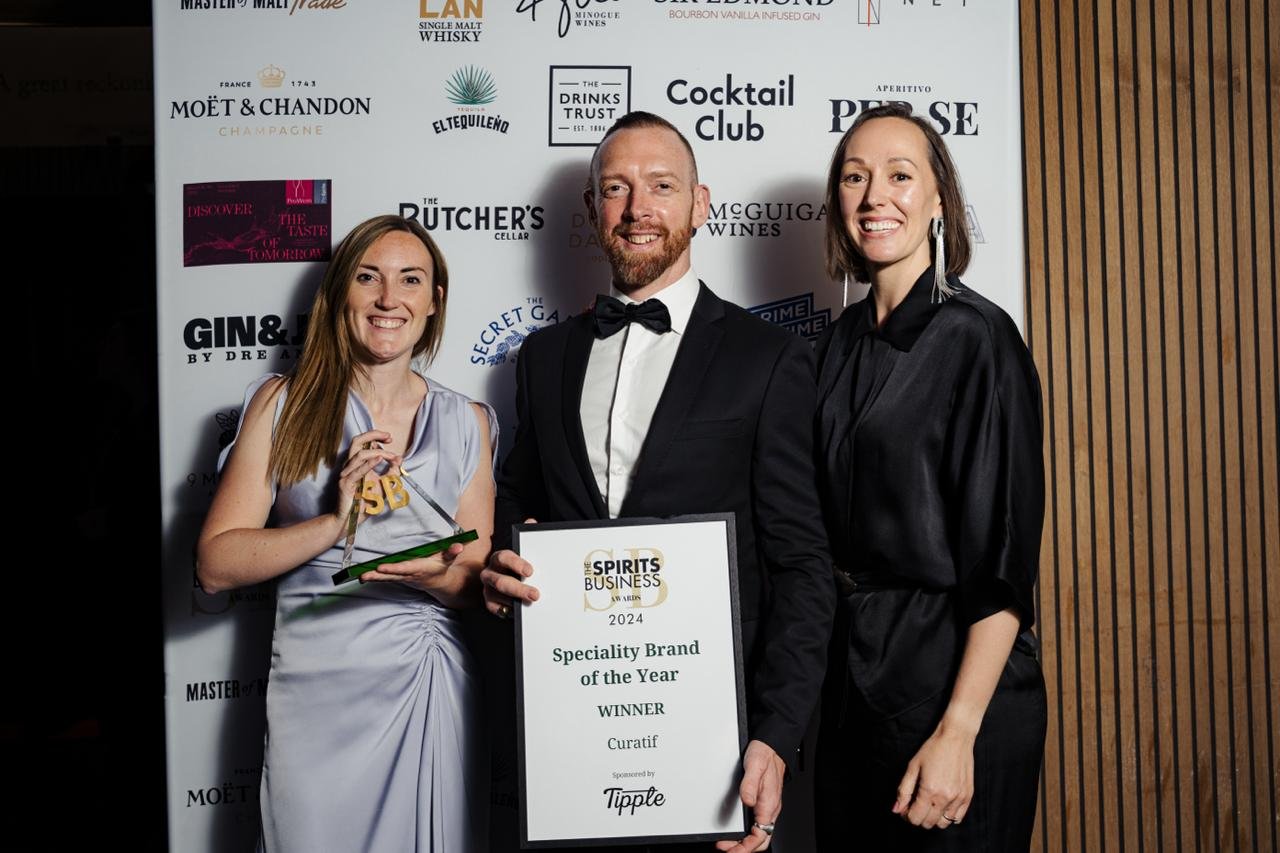ABS records lift in household spending year to year
Household spending rose 7.6 per cent in April 2022, compared to the same time last year, with spending on alcoholic beverages and tobacco up by 21.6 per cent and household spending on hotels, cafes and restaurants recovering to 3.3 per cent above pre-pandemic levels.
Andrew Tomadini, head of Macroeconomic statistics at the ABS, said spending on hotels, cafes and restau`rants was up 14.3 per cent compared to this time last year.
“As COVID-19 restrictions eased, household spending increased in eight of the nine spending categories in April 2022 compared to April 2021. Spending in recreation, hospitality and retail continued to rise,” Mr Tomadini said.
This is absolutely the case for Australian Venue Co with chief executive Paul Waterson told The Australian Financial Review he hoped "to expand the group’s portfolio to over 200 venues by the end of 2022 amid a “strong recovery” across all its business lines and “plenty of headroom” to fund further deals".
Mr Waterson told AFR that AVC's revenue was 13 per cent - 15 per cent higher than what it was before the pandemic, attributing the lift to a “real desire among Australians to get back and socialise”.
All states and territories recorded increases in household spending in April 2022, compared to April 2021. Queensland (11.4 per cent), South Australia (9.5 percent) and Western Australia (8.1 per cent) recorded the strongest through the year increases in spending.
Compared to pre-pandemic January 2020 estimates, total household spending was 9.0 per cent higher in current price, calendar adjusted terms.
Finance industry say lifts are unlikely to continue
Consumer spending intentions measured by the CommBank Household Spending Intentions Index rose 2.9 per cent, but discretionary spending appears to be slowing after recent rate hikes.
CBA Senior Economist Belinda Allen said consumer spending patterns continued to shift post-COVID and showed signs of softening in response to higher interest rates and following incredible momentum after pandemic restrictions were eased late 2021.
“Higher prices and rising interest rates will impact household spending. We’re seeing early indicators of softness in CBA credit & debit card spending data, with discretionary spending on recreation, clothing & footwear and household furniture & equipment trending slightly down and increased spending on eating & drinking out down from a peak.
“The RBA rate hiking cycle is more aggressive than earlier expected and we have revised our interest rate forecast higher, as well as downgraded our economic growth outlook and dwelling price forecasts,” Ms Allen said.
Minimum wage increase
Meanwhile, the Fair Work Commission has ruled that the minimum wage will increase by 5.2 per cent - an extra $40 per week - from October 1.
President Iain Ross said the Fair Work Commission made the decision against a backdrop of soaring inflation, and the severe impact that has on some of Australia’s lowest-paid workers.
Restaurant and hospitality workers will see a 4.6 per cent increase to their award wage from October 1.
"Inflation erodes the real value of workers' wages and reduces their living standards," he said.
"The low-paid are particularly vulnerable in the context of rising inflation."
The federal government released a statement and said, "Australia’s low-paid workers will be better off because the Albanese Labor Government fought to get them a pay rise.
"During the election campaign, we promised to put in a new submission to the Fair Work Commission’s annual wage review to argue that people on low wages should not go backwards. We delivered on that promise in our first fortnight in office."
It said that it is determined to get wages moving again.
The ACTU had been calling for an increase of 5.5 per cent, while employer groups had been calling for increases of between 2.5 and 3 per cent.
Share the content










